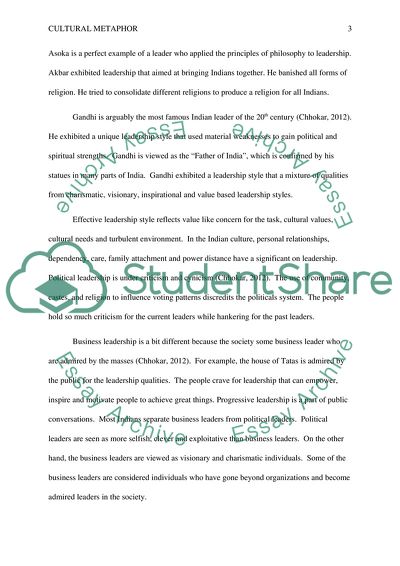Cite this document
(LEADER EFFECTIVENESS IN MULTICULTURAL ENVIRONMENTS Assignment, n.d.)
LEADER EFFECTIVENESS IN MULTICULTURAL ENVIRONMENTS Assignment. https://studentshare.org/management/1878262-leader-effectiveness-in-multicultural-environments
LEADER EFFECTIVENESS IN MULTICULTURAL ENVIRONMENTS Assignment. https://studentshare.org/management/1878262-leader-effectiveness-in-multicultural-environments
(LEADER EFFECTIVENESS IN MULTICULTURAL ENVIRONMENTS Assignment)
LEADER EFFECTIVENESS IN MULTICULTURAL ENVIRONMENTS Assignment. https://studentshare.org/management/1878262-leader-effectiveness-in-multicultural-environments.
LEADER EFFECTIVENESS IN MULTICULTURAL ENVIRONMENTS Assignment. https://studentshare.org/management/1878262-leader-effectiveness-in-multicultural-environments.
“LEADER EFFECTIVENESS IN MULTICULTURAL ENVIRONMENTS Assignment”. https://studentshare.org/management/1878262-leader-effectiveness-in-multicultural-environments.


